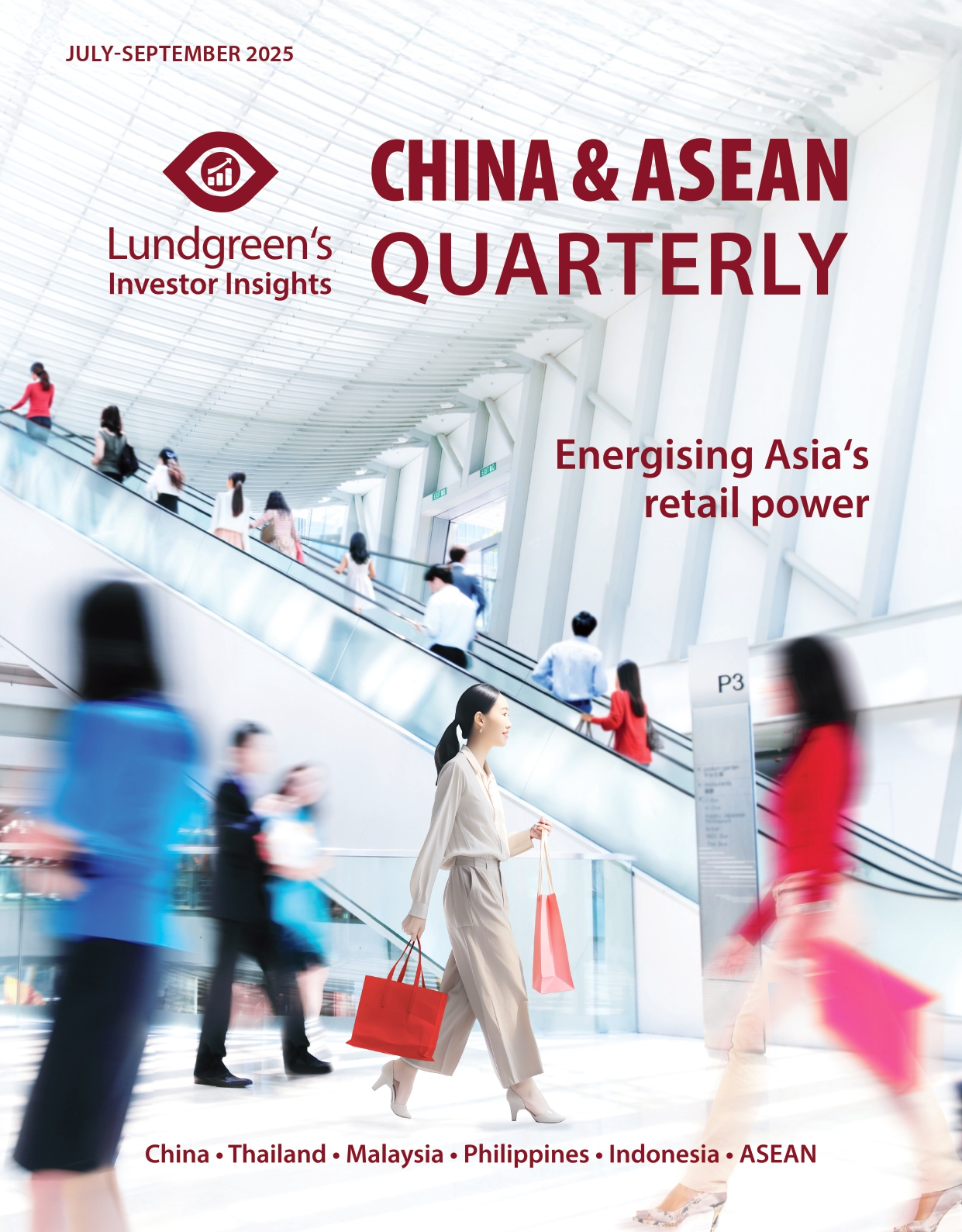Southeast Asian bonds are in demand once again
Conditions have grown more favourable for Southeast Asian bond issuers this 2025, buoyed by lower interest rates and calmer market sentiment.
Southeast Asian bonds are in high demand this year, benefiting from lower interest rates onshore and less favourable conditions concerning the rest of the global economy.
Purchases of local currency bonds issued by ASEAN member-states have picked up in 2025, which in turn drove yields lower as of mid-September. The marked recovery in demand is led by national government bond issuances, which rose by 14 per cent in April-June compared to bonds offered in January-March. Demand is likewise higher year-on-year, rising 16 per cent relative to bonds sold in the first quarter of 2024, according to data from the Asian Development Bank (ADB).
In the US, aggregate bond issuances for April-June shrank by 2.6 per cent relative to the first quarter, although it grew at a softer pace of 12 per cent compared to a year ago based on industry data. US Treasuries, which account for 44 per cent of overall bond offerings, picked up by a modest 6.9 per cent from a year ago, a marked deceleration from double-digit increases in the past four quarters. This clearly illustrates how demand is moving away from American assets over the past nine months.
Crowd favourite
ASEAN’s fixed income market has recovered sharply compared to 2022. At the time, fundraising activities via bond sales had been drastically reduced as central banks raised interest rates to tame inflation, which surged beyond levels that monetary policymakers were comfortable with.
ASEAN central banks have managed to slash interest rates since 2024 as inflation settled closer to 2 per cent – for some, even lower – and this has revived appetite for debt papers. Graph 1 shows that central banks in the region have consistently led bond sales, accounting for at least three-fourths of total issued debt. Central bank bond issuances grew 3 per cent in the second quarter versus the same period in 2024, followed by a 2 per cent increase in corporate debt offers.

Over the past year, bonds have become a more palatable investment vehicle at a time of great uncertainty in financial markets, especially after the US escalated its global trade war by imposing higher tariffs on all its trade partners. Debt is typically seen as a more stable asset than equity, and this is apparent during periods of high volatility. This explains why investors scrambled to expand their bond holdings in the first half of 2025.
To further put into context this rapid shift in demand favouring bonds, the size of the local currency bond market in ASEAN is estimated to be worth 170 per cent of total regionwide GDP at end-June, ballooning from just 65.4 per cent at end-March per ADB data. In comparison, the growth in bond offers by Japanese entities was softer at 12 per cent year-on-year. Japan, whose central bank is currently on hiking mode after years at negative interest rates, saw the share of outstanding bonds relative to GDP posting a steady decline since March 2024, settling at 225.9 per cent as of June 2025.
Yields down
Prices of outstanding bonds are rising and, respectively, yields on such are falling. Beyond typical market dynamics, the decline in yields mirrors our optimistic view towards assets in the ASEAN region, where growth remains robust and signs of onshore economic conditions onshore are generally improving.
As Graph 2 illustrates, 10-year bond yields in select Southeast Asian economies moved lower throughout January to September of this year. The 10-year notes issued by the Thai government recorded the biggest fall, down 38 per cent year-to-date to around 1.4 per cent, reflecting the succession of rate cuts from the Bank of Thailand as inflation risks eased from 2023. Prices have since entered disinflation territory in 2024. Sharp declines in yields were also recorded for government-issued bonds in Singapore which were down 34 per cent, while Malaysia and Indonesia both saw yields go 10 per cent lower as of end-September.

Vietnam stands as an outlier as yields on 10-year notes rose by 21 per cent over the past nine months. Unlike its peers, Vietnam’s central bank has been unable to cut rates as domestic inflation has remained elevated. Despite this, markets have generally grown more enthusiastic towards ASEAN bonds as countries firmed up trade deals with the US and as price movements have become manageable again, evidenced by lower risk premiums in bond pricing.
As economies in the developed world struggle to achieve annual GDP growth of 1 per cent – Germany, France, and Italy are some examples – and as more individual and institutional investors diversify away from the US given heightened uncertainty, bonds on offer in Southeast Asia are only growing even more palatable. We still recommend staying overweight with investments in the ASEAN, particularly for medium- to long-term bonds. These assets will continue to provide stronger returns relative to counterparts in the West, fuelled by strong domestic economic activity that will prop up both the public and private sectors. Sunshine dominates our outlook for Southeast Asia as we see it remaining the world’s fastest-growing region over the next decade, and this suggests that these bond tenors are assured of handsome returns over the same period.






